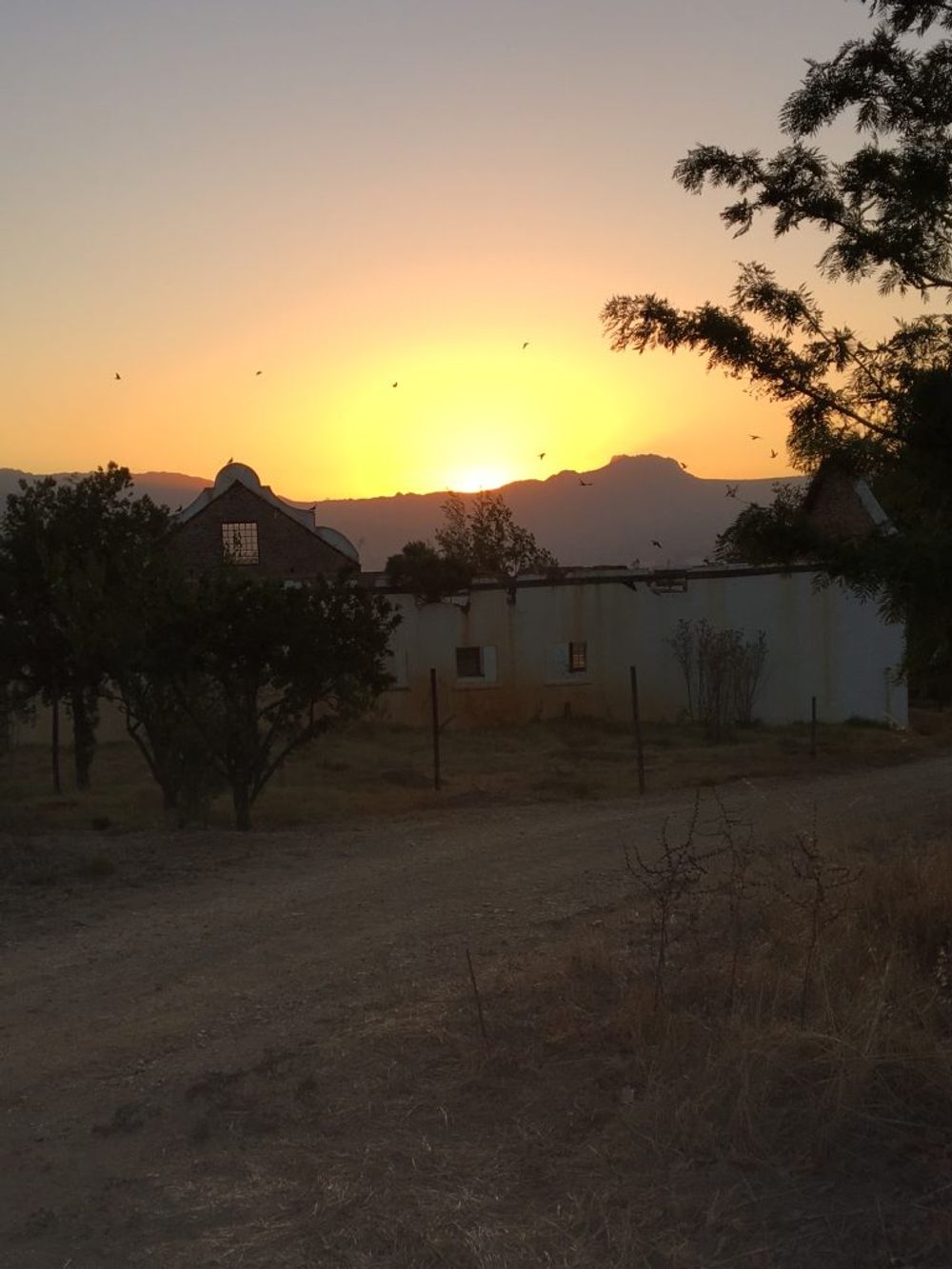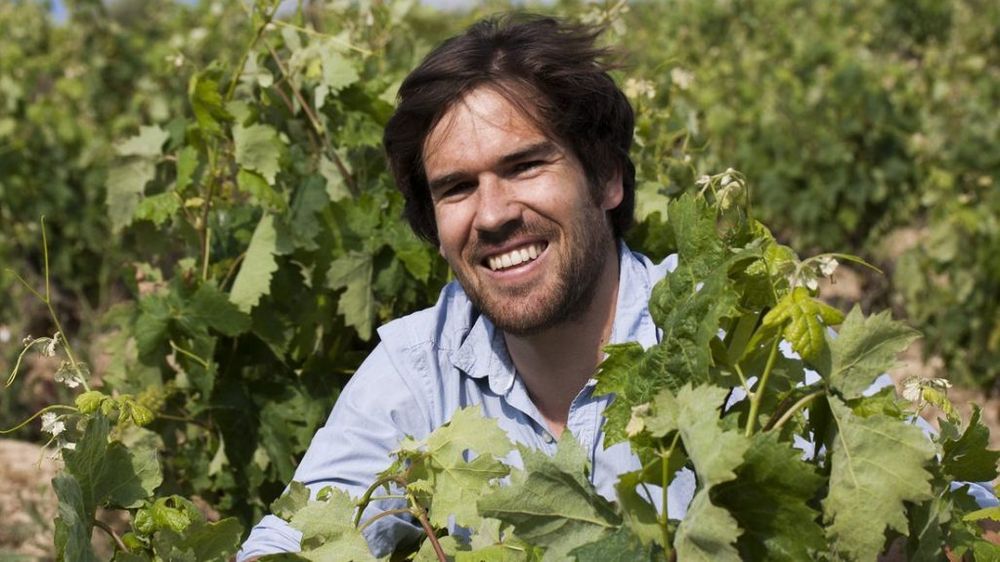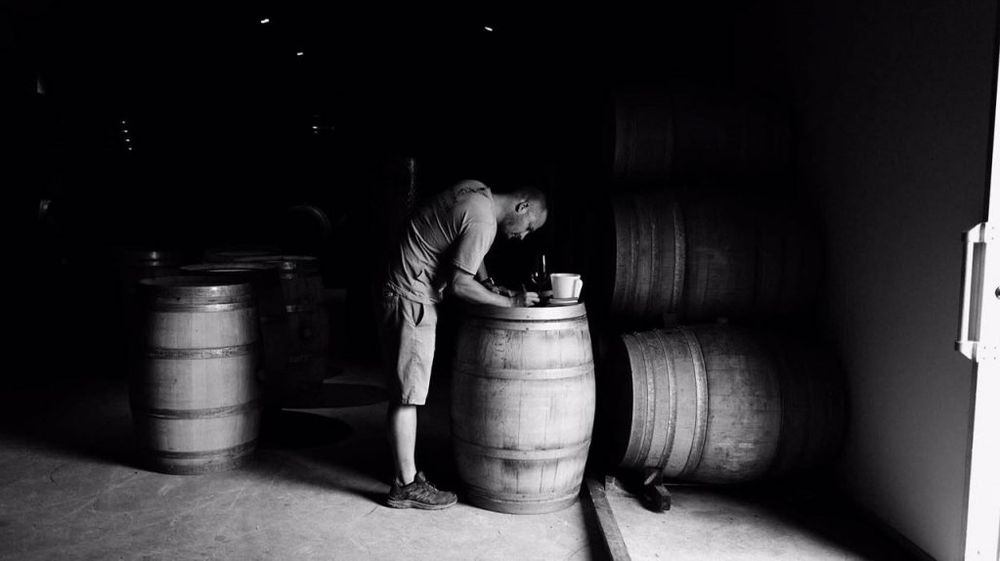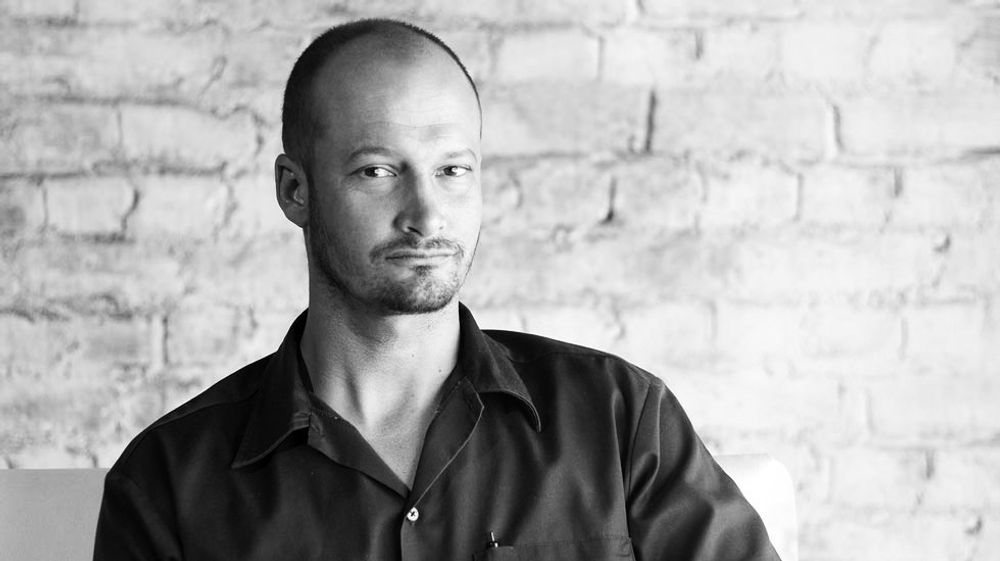Any wine buying trip to South Africa can’t fail to be eventful with as much fun and excitement to be had outside of what you find might find in your wine glass, as Jonothan Davey of Nekter Wines discovered on his recent visit.
Day 1 – The Chenin Blanc
Johannesburg is home to a bar indelibly linked to the South African new wave wine scene. Terence and Derryn Orpen own Ace + Pearl in Craighall park, a stripped back locale with more than a touch of Manhattan’s Lower East Side or London’s Shoreditch (all the way down to the cheese toasties)…with a list championing the most exciting wines coming out of The Cape.
Derryn is in Botswana attending a wedding but Terence is in residence and we enjoy an evening together of good wine and putting the world to rights. I share some of my Californian wines and, once we polish those off. Terence then brings out a wine listed #10 in the top 100 wines of 2016. Chris and Suzaan Alheit’s Radio Lazarus.
As cool a climate Chenin as can reasonably be hoped for in the hills around Stellenbosch – they found the vines (planted in the 70s and originally farmed for bulk wine) in 2010. They set to work immediately, harvesting their first grapes in 2011 and bottling wines from 2012 onwards. The wine is exceptional, the cool climate brings crisp and clean citrus notes together with almost smoky mineral notes – the fruit rings out clearly and the acidity freshens the palate and asks for more.More.More.
They use a local potter to create 500l clay ampoules which are reduction fired – a technique which creates a smooth glass like finish, greatly reducing the porous nature of the clay and creating a unique environment for making wine. It is a process first used by the ancient Greeks over 2,500 years ago and introduces a theme which punctuates the entire trip – mixing the old with the new.

Days 2-4 –A Vintage (car) Tour
In the depths of the Swartland lies the family home of Bryan MacRobert.Situated on a weathered granitic outcrop Nyani farm is home to gently sloping east facing slopes (providing the coolest plot for Chenin in the Swartland), Bryan, when he isn’t in Spain making Rioja six months a year, his parents, too many cats to count (I am allergic) and two large dogs. Whom I encountered whilst stumbling around one morning at 3am trying desperately not to set-off the burglar alarm. Above all else it is also home to a dazzling view of the Milky Way. Oh. And restored cars.

Bryan MacRobert is helping to develop and use Rhone blends to bring out the terroir of Swartland
Bryan’s father has fully and immaculately restored a 1958 Jaguar XK 150. I am not especially into cars, but you would have to have a particular blindspot for aesthetics not to appreciate this automobile. I make suitable noises of appreciation and Bryan offers to show me the car that he himself restored the year after leaving school. I try not to let the hesitation sound in my voice and follow him out of the garage to what I expect to be the South African equivalent of a 1980 Mini Metro. It is in fact an equally flawless restoration of a 1930 Ford Model A in (slightly ironic) racing green.
Bryan asks if I want a vineyard tour. I quickly acquiesce and, to my great surprise, he gets in, fires up the engine and pushes open the passenger door. I gingerly climb in – it is not designed for people over six foot – and we set off into the sunset, driving through the vineyard in an 85 year old bakkie (pickup truck).
Bryan’s approach to winemaking is equally venerable. His work producing Rhône blends in the middle of Swartland and his desire to make the wine as authentic to the vineyard as possible is evidenced by his choice of barrels. Bryan’s view on oak is simple. It is there to add to the wine, not take it over. Correspondingly he uses the largest barrels he can. His 2014 Field Blend (60% Syrah, 15% Mourvedre, 15% Cinsault, 10% Carignan) is fermented in an open topped 2,500 vat. His Abbotsdale range makes use of 500 litre barrels – the smallest Bryan will use – 36 month air-dried barrels from Rousseau to further minimise the green tannins. The effect softens his wine with a whisper of oak, enhancing the taste and blending perfectly.

Days 5 – 7 Leopards in the vines
I travel East to see Martin Smith, whose label Paserene was our very first import in June of last year. He started the label whilst he was still the winemaker at Vilafonte, where non-compete clauses limited his choice of grapes and production to 2,000 bottles.A situation which not only speaks volumes about his skill at making Bordeaux blends, but also gave rise to the first and so far only use of Carmenère in South African wine history for his Marathon which blends the spicy grape from the Swartland with the body of Stellenbosch Petit Verdot.
Martin has now left Vilafonte and is making the most of his freedom of expression. Together with a business partner he recently bought a 450 hectare property in the most beautiful place I have ever had the fortune of visiting. Tulbagh lies at the northern most end of a horseshoe of mountains, barely 5km across. The effect – being on a largely flat plain surrounded by stunning mountains rising steeply several hundred metres – is quite unlike anything I have experienced before and it’s against this backdrop that Martin sees the future of South Africa’s most prized varietal. Cabernet Sauvignon. He is returning to his roots and looking to create the best Bordeaux blends on the market. But it’s a journey that will take a lot of time and investment.

Martin Smith hopes to explore Cabernet Sauvignon’s potential in Tulbagh
During a meandering 10 minute drive from the gate we pass long-abandoned overgrown vineyards, and a wine cellar without apparently an ounce of metal inside it.“The previous owner sold all the metal on the farm,” Martin explains, “even the irrigation pipes”. The farm buildings are at the top of the property, in front of a field that disappears into the gloom of the mountain. I stand before the shell of a Manor house which proclaims it was built in 1769, a full restoration abandoned but not before the interior was gutted and the roof removed. Martin, the new landlord, lives in a two room maintenance hut a stone’s throw away.
We set off on foot to check out the dam. The gloaming is falling fast now, something I am keenly aware of after Martin points out wild leopard prints. He smiles at me. “They’re small here though, not like the ones in the Kruger.” And then disappears into the dark. The stars begin to pierce through the purple night, and the air off the mountain is fresh and as I hurry after him there is no light, no sound. He has set himself up with quite the adventure and, as I step through the night in wild leopard country towards a watering hole (!!!) it occurs to me again, how the new wave producers are really only reclaiming the history of wine, and making it in their own image.































